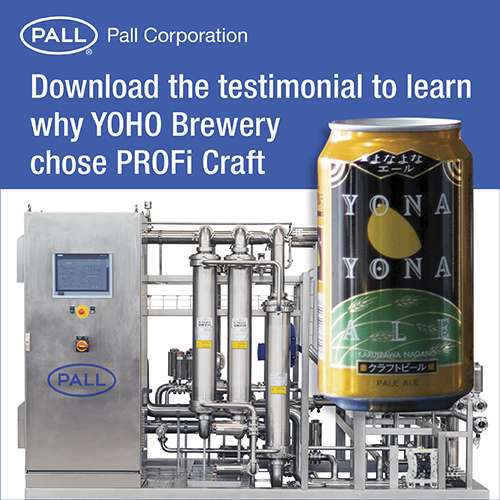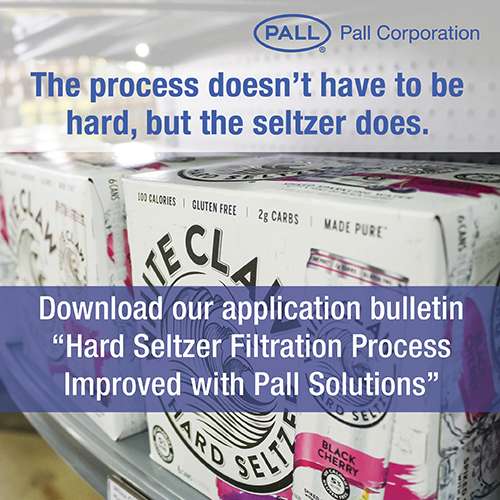
Four Food & Beverage Trends for 2021: What Manufacturers Need to Know
December 30, 2020
2020 was an interesting year for both manufacturers and consumers, as Severe Acute Respiratory Syndrome Coronavirus 2 (SARS-CoV-2) transformed the way people shop and live. The pandemic and its impact on the global climate is ever-changing and therefore consumer brands and manufacturers must remain agile to adapt quickly, while trying to stay on the pulse of the most popular trends.
Many countries around the world have requested its population curb the amount of social interaction between people and have suggested limits on public gatherings, dining out, out-of-home entertainment and more. As such, consumers have had the ability to turn inward and reflect on their priorities during what some may feel is an isolating time. Some have gotten creative, focusing on DIY projects and hobbies. Others have focused heavily on fitness. But majority have focused on general health and immunity – with hand washing, face masks and social distancing becoming the norm.
In terms of COVID-19’s impact on the food and beverage industry, consumers are cooking at home and seeking food and ingredients that support overall health. It’s important to consider how these new behaviors will shape the future of the food and beverage industry for 2021 and beyond. Pall has looked at four trends and their potential impacts on food and beverage manufacturers. Read on to learn more.
1) Plant-Proteins Go Global: Plant-based food products are on the way to reaching world phenomenon status, as the trend is consistently evolving. Investment firm UBS projects global growth to increase from $4.6 billion in 2018 to $85 billion in 2030, and a recent study from DuPont Nutrition and Health found that 52% of US consumers are eating more plant-based foods because they believe it makes them healthier.
Its rising mainstream appeal will drive expansion to different regions and categories in 2021, including accelerated demand for new formats, plant proteins and more sophisticated alternatives. This means that manufacturers not only have to build a protein base but must format and flavor it. For some manufacturers, this demand is outpacing the development of plant-based food technologies designed to combat the unique challenges associated with such products.
Plant proteins often bring bitterness, making taste modulators an often-necessary addition. They can also be gritty or crumbly, creating a need for ingredients that create smoother and more cohesive formulations.
In order to preserve natural functionalities, the production process must minimize potential denaturation effects (thermal, chemical or mechanical) and prevent contamination (suspended solids, bioburden, fat). Manufacturers who master this will be able to grow their product-demand.
(For those interested in learning more about how crossflow filtration can help with clarification and recovery of valuable high-quality plant proteins, read more here.)
2) Hard Seltzer Still Maintaining Popularity: Non-alcoholic and alcoholic drinks are starting to converge as consumers continue to look at ways to live healthier. According to FoodDive, in 2019 sales of hard seltzer increased by 193% and malt-based cocktails increased by 574%. As such, diversification is occurring as brands add malt-based beverages to their portfolio.
For example, ABInBev acquired SpikedSeltzer back in 2016 and Constellation Brands acquired minority stake in Press premium Hard Seltzer.
Generation Z and Millennials love “the claws,” often leveraging hashtags (#WhiteClawSummer and #NoLawsWithTheClaws to name a few) on social media to share their growing obsession with the WhiteClaw brand. Other brands such as Bon and Viv, Truly and High Noon are also gaining notoriety amongst health-conscious consumers. In order to keep up with this consumer trend and remain competitive, beer and liquor producers must consider acquiring or creating a hard seltzer.
(For those interested in learning how to filter hard seltzer, download “Hard Seltzer Filtration Process Improved with Pall Solutions.”) Keep in mind, Hard Seltzer isn’t the only “healthier” boozy drink, expect to see additional “better-for-you” options to continue to spring up, such as boozy Kombucha, among others
3) Unique Flavors Continue to Dominate the Market
People around the world have been under orders to stay at-home or quarantine, therefore many are taking this time to channel their inner-chef and cooking meals at home to ensure that they stay healthy.
Consumers are expressing interest in healthier, immunity-boosting foods that are lower in sugar. Immunity is one of the most talked about things right now given the current climate and flavors and ingredients such as turmeric, elderberry, echinacea and citrus are performing well.
Functional ingredients are also popular, for example, botanicals, spices, and healing herbs such as turmeric, ginger, lavender and honey. These are ingredients consumers use as a quick way to instantly improve their diets.
On the flip-side, there are some not interested in cooking, and those with a penchant for dining-out are relying on easy-to-prepare meals or packaged goods to alleviate some of pressures associated with the current COVID climate.
During stressful times, comfort food is a common indulgence for many. Right now, consumers are looking for products that influence the way they feel, boosting nostalgic and comfort food flavors that resonate with them. Think chocolate, ice cream, cereal, cookie dough and macaroni and cheese.
For manufacturers, the color, aroma and taste of their flavors must be exact and there is little room for error. Being able to stay on top of these new trends also means overcoming technological limitations and improving systems and processes for better quality and efficiency. (The goal of flavor filtration is to remove haze and contaminants that can have a negative impact on quality and appearance. Download this application bulletin, “Increase Filtration Capacity and Reduce Process Time in Citrus Oil De-Waxing Applications” to learn how one company improved their citrus oil filtration process.)
4) Move Over Coconut Oil – Olive Oil is Making a Comeback
When health-conscious consumers began cooking with alternatives to canola and vegetable oil, the oil market became ripe for disruption, with coconut and avocado oil entering the market and growing rapidly. Paleo and keto diet trends have also grown in popularity, and as such, many consumers have started cooking again with real butter.
However, there has been a debate on whether or not medium-chain triglycerides (MCT)-rich products and flavored butter are as healthy as consumers have been led to believe. Although there is no clear evidence on whether they are good or bad, there is one fat backed with scientific evidence that it is good for your health: extra-virgin olive oil.
The compounds found Tyrosol and Elenolide help to protect the body against neurodegenerative diseases and can also assist in lowering blood pressure.
Regardless of where consumers stand on the subject of which fats are healthier, olive oil has become and will continue to be a common pantry staple; according to ReportLinker.com the global olive oil market is estimated to reach $13.8 billion by 2027.
As the pandemic continues, many consumers are limiting their shopping excursions, making them consider products that have a long shelf-life. That said, manufacturers producing olive oil must ensure that the product maintains its flavor and consistency, as well as shelf-stability.
To learn more about how Pall can help you capitalize on these trends and improve your production processes, product quality, while providing measurable cost-savings, contact us.
- Category
- Author
- Sort By





